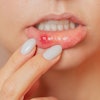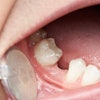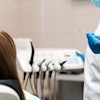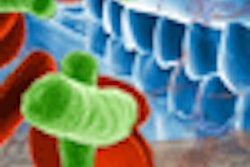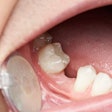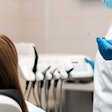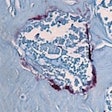For the first time, scientists have defined the bacteria that inhabit multiple sites along the healthy human digestive tract in a large number of individuals.
As part of the Human Microbiome Project, a Forsyth Institute-led team examined bacteria found in adults at 10 sites along the digestive tract, including seven mouth surfaces, the tonsils, the throat, and stool samples (Genome Biology, June 13, 2012).
The bacterial communities from these 10 sites separated into four types based on which bacteria were present, the study authors noted.
The researchers also explored the metabolic capabilities of these microbes based on their gene content and observed that, although the composition of the bacterial communities varied among the diverse sites, a core set of metabolic genes was present throughout. This indicates common functions are needed for bacterial communities living on mucosal surfaces along the human digestive tract.
In addition, the abundance of genes for some metabolic processes varied by body site, suggesting that some functions were more important in specific habitats, the researchers found.
"We hope that this work will provide a valuable reference for future scientific study investigating both health and disease," said lead author Jacques Izard, PhD, in a press release. "By gaining an understanding of complex microbiome, we can learn more about its role in the onset of diseases of the digestive tract and improving disease management and outcome."
